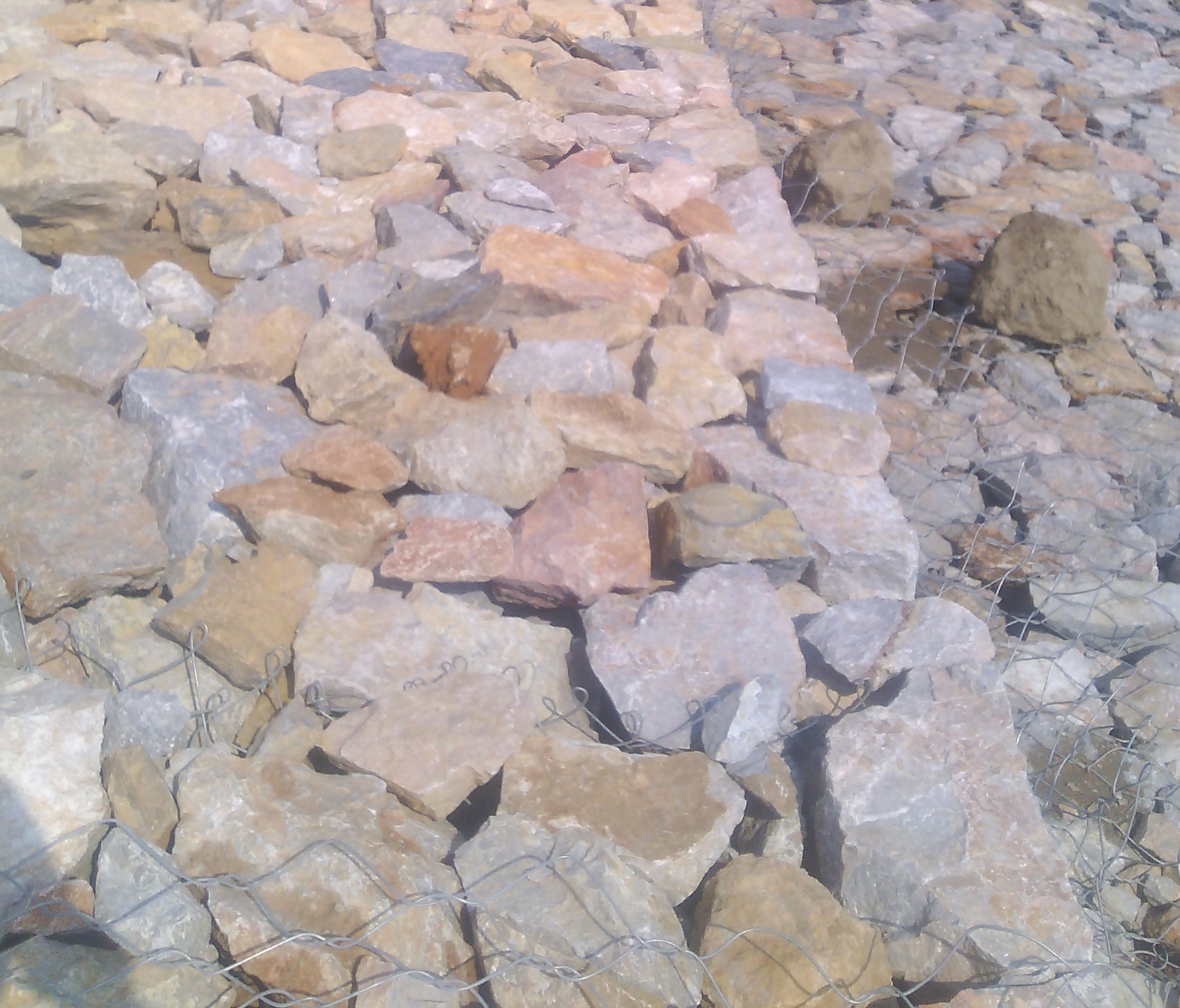Types of Stones
STONES
Stone is a ‘normally accessible building material’ which has been utilized from the early time of progress.
It is accessible as rocks, which is sliced to required size and shape and utilized as building square.
It has been utilized to develop little private structures to substantial royal residences and sanctuaries everywhere throughout the world.
Red Fort, Taj Mahal, Vidhan Sabha at Bangalore and a few royal residences of medieval age all over India are the renowned stone structures.

Types of Stones
Stones utilized for structural building works might be arranged in the accompanying three different ways:
• Geological
• Physical
• Chemical
Geographical Classification
In view of their starting point of development stones are characterized into three fundamental gatherings—Igneous, sedimentary what’s more, changeable rocks.
Igneous Rocks
These stones are framed by cooling and hardening of the stone masses from
their liquid magmatic state of the material of the earth. For the most part molten rocks are solid and
tough. Stone, trap and basalt are the stones having a place with this classification, Granites are framed by moderate . Thus they have crystalline surface. The cooling of magma at the best surface of earth results into non-crystalline and lustrous surface. Trap and basalt have a place with this class.
Sedimentary Rocks:
Due to enduring activity of water, wind and ice existing rocks medium. Streaming water stores its suspended materials at a few of snags to its stream. These stored layers of materials get combined under strain and by warmth. Compound specialists additionally contribute to the establishing of the stores. The stones subsequently shaped are increasingly uniform, fine grained and reduced in their inclination.
Transformative Rocks:
Recently shaped molten and sedimentary shakes under go changes because of transformative activity of weight and inner warmth. For instance because of transformative activity rock moves toward becoming greisses, trap and basalt change to schist and laterite, lime stone changes to marble, sand stone progresses toward becoming quartzite and mud stone moves toward becoming slate.
Physical Classification
In view of the structure, the stones might be delegated:
Stratified rocks
Unstratified rocks
Stratified Rocks:
These stones are having layered structure. They have planes of stratification or cleavage. They can be effectively part along these planes. Sand stones, lime stones, slate and so forth. are the instances of this class of stones.
Unstratified Rocks:
These stones are not stratified. They have crystalline and conservative grains. They can’t be part in to thin section. Rock, trap, marble and so on are the instances of this sort of rocks.
Foliated Rocks:
These stones tend to part along a distinct bearing as it were. The heading need not be parallel to one another as in the event of stratified rocks. This sort of structure is very normal if there should arise an occurrence of transformative rocks.
Substance Classification
Based on their substance arrangement engineers want to group shakes as:
• Siliceous rocks
• Argillaceous rocks
• Calcareous rocks
(I) Siliceous rocks:
The fundamental substance of these stones is silica. They are hard and strong. Precedents of such shakes are rock, trap, sand stones and so on.
(ii) Argillaceous rocks:
The primary constituent of these stones is argil i.e., earth. These stones are hard and strong however they are weak. They can’t withstand stun. Slates and laterites are instances of this kind of rocks.
(iii) Calcareous rocks:
The principal constituent of these stones is calcium carbonate. Limestone is a calcareous shake of sedimentary source while marble is a calcareous shake of transformative birthplace.
